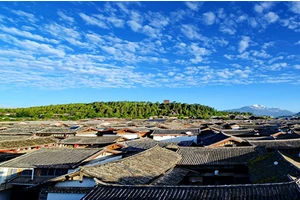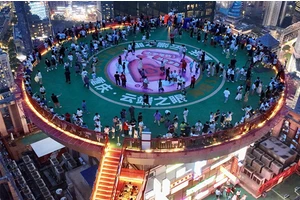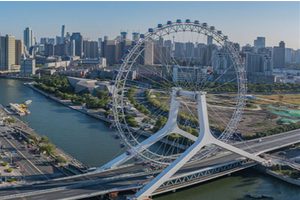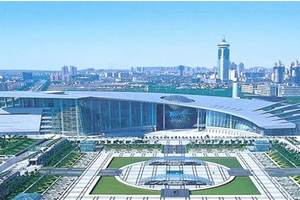Qiongjie travel
Tombs of Tibetan Kings
Tombs of Tibetan Kings is located in Qiongjie County, Shannan Prefecture, Tibet, and is the 29th in the Tubo Dynasty.
The tombs of Zampa, ministers and princesses from Dai Zampa to 40th generation (last generation), with a total area of 385 square meters. One of the most famous is the tomb of Songzan Gambu. Tombs of Tibetan Kings not only reflects the level of burial system in Tibet more than 1000 years ago, but also has important value for studying the rise and decline of the Tubo dynasty. In 1991, it was listed as a national key cultural relics protection unit.
Songzan Gambu Tomb
Songzan Gambu Tomb is near Qiongjie River in the north and 54 meters away from Mansong Mangzan Tomb in the south. The directions of the two tombs are the same, both of which are 60 degrees north-east. The earth sealing structure of this tomb is complicated, which is composed of soil, wood, grass and flat stone. It is 13.4 meters high and the building is very magnificent. Originally, there was an ancient temple "Zhong Muzan Lakang" built on the top of the enclosure, which was demolished during the Cultural Revolution. It was used for the ancestral temple, and there were statues of Songzan Gambu, Princess Wencheng, Princess Chizun, Minister Lu Dongzan and Tunmi Sambuza. Tongtang is now rebuilt, with an area smaller than the original building.
Tang Bo Qie Temple
Tang Bo Qie Temple is located in Xialin Township, Qiongjie County, Shannan District, about one kilometer west of Xiangda Village. It faces east in the west, with Qiongjie Seasonal River (also called Shampoo River) on its back and Abu Mountain in front. For a long time, due to the alluvial river, a relatively wide platform has been formed here. Fertile land and convenient traffic conditions make Buddhist activities flourish here. Therefore, Tang Bo Qie Temple is recorded in many historical materials.
Tang Bo Qie Temple was founded in Huoyear of the snake in the post-macro period of Tibetan Buddhism in 1017. The name of the founder is Mei Chuchen Jiong Nai.
Qiongjie County is located at the southern tip of Xizang Autonomous Region, in the Qiongjie River basin in the middle reaches of the Yarlung Zangbo River, surrounded by mountains, with continuous mountains in the west, south and north, and narrow valleys in the east. The terrain here is obviously high in the west and low in the east, with an average elevation of about 3900 meters, of which the highest peak can reach 6450 meters, showing its geographical characteristics of high altitude.
The main river in Qiongjie County is Qiongjie River, which belongs to the Yarlung Zangbo River system and provides valuable water resources for this land. The climate here belongs to the semi-arid monsoon climate of plateau temperate zone, with small annual temperature difference, but significant daily temperature difference, long sunshine time and obvious seasonal difference between wet and dry, with rainfall mainly concentrated in the rainy season and relatively dry climate. There are often strong winds in winter and spring, and these climatic conditions have shaped the unique local natural environment.
It is worth noting that there are many kinds of natural disasters in Qiongjie County, including drought, flood, hail, pests and diseases, which have brought certain challenges to local agricultural production and social life. Nevertheless, Qiongjie County's rich natural resources and unique climatic conditions also provide possibilities for eco-tourism and agricultural production.
Extended data
Qiongjie County is located in the southeast of Xizang Autonomous Region, in the middle of Shannan region. It has a total area of 1,030 square kilometers and a population of 17,400. Located on the northern slope of the Himalayas, the county is surrounded by mountains on three sides. There are many historical sites. The most famous ones are the Tombs of Tibetan Kings Group during the Tubo Dynasty, the Memorial Monument and Monument in Chisong Dêzain, and the Shishi in Tombs of Tibetan Kings, all of which belong to the national key cultural relics protection units.






